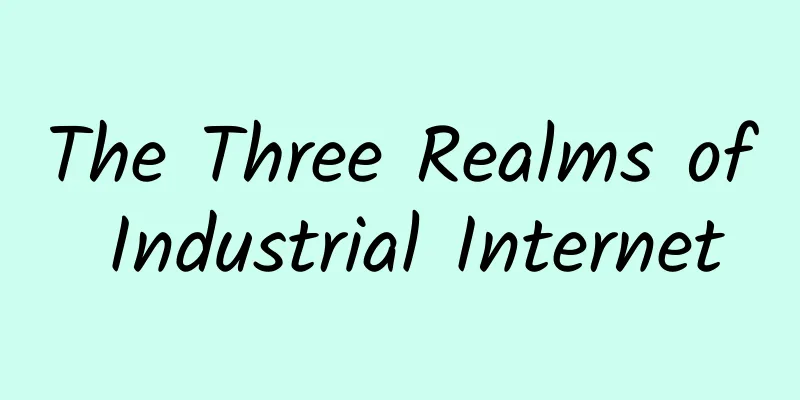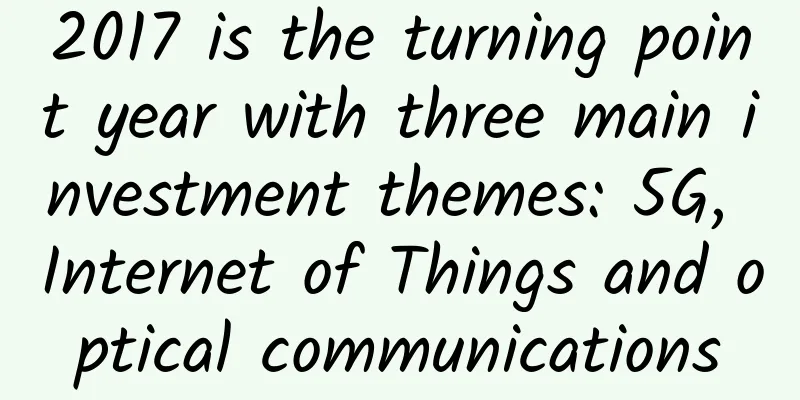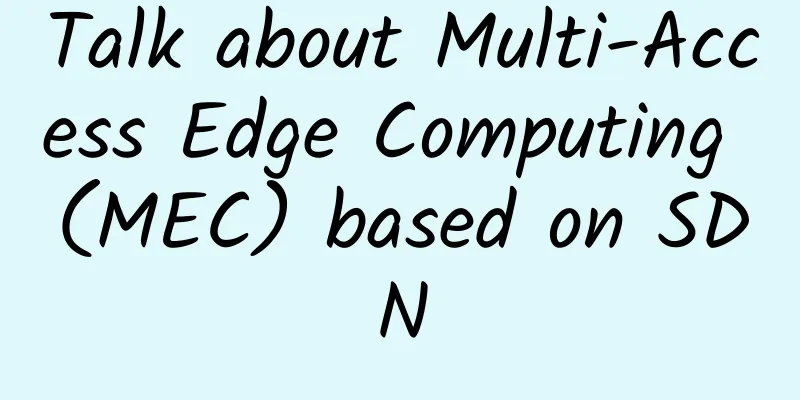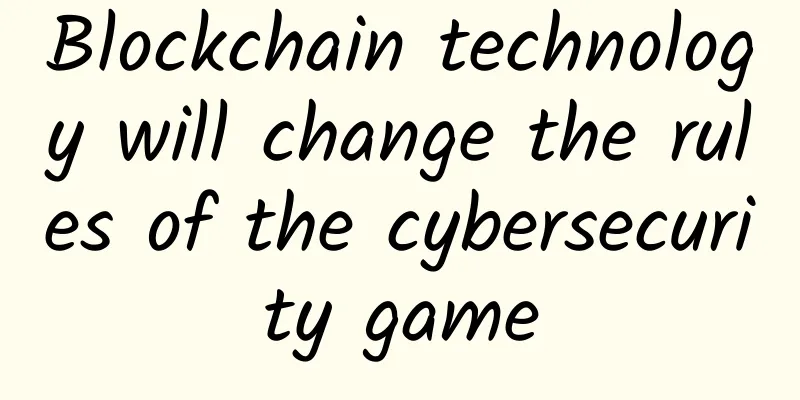How to deal with the new security challenges brought by 5G

|
Mobile network infrastructure has changed dramatically in just a few years. For example, the evolution from 3G to 4G enabled mobile infrastructure to deliver new data-centric services to consumers, such as rich multimedia, as well as enhanced content capabilities and services.
5G will enhance the power and capacity of mobile networks to better support end-to-end environments, enabling our society to be fully mobile and connected. Typical use cases for 5G include significantly increased capacity and performance to support enhanced broadband access in dense urban areas, higher user mobility and the expanding Internet of Things, providing extreme real-time communications, highly reliable lifeline communications and broadcast-type services for a new generation of ultra-rich multimedia. Advances in virtualization, automation, and orchestration, combined with new 5G network capabilities, will bring data and transaction decisions closer to the edge of mobile networks - the edge cloud. This will allow organizations to redesign their infrastructure to better meet the needs of digital transformation. Data and computing requests that once passed back and forth from the core for execution can now be processed and executed at the edge. This enables organizations to greatly enhance their ability to scale and increase the speed at which decisions and transactions are completed. With the edge cloud, innovation will no longer be limited by central data centers and public/private clouds. 5G networks are changing business The telecom industry is already beginning to transform its business by taking advantage of these new opportunities, and they are just one of many. This will be the de facto approach for the next cycle of network computing. 5G connectivity and edge-based computing will enable digital transformation, bringing exponential growth in services and productivity to enterprises, and improved quality of life and highly customized and personalized experiences to connected consumers and citizens. The high-speed, low-latency nature of 5G also means that “always-on” business models can now be achieved without geographic constraints – away from the enterprise data center or cloud platform. Ultimately, hyper-connected devices with edge cloud will no longer be limited to the cloud alone, but will become a new hyper cloud where applications, data and services will run across the edge of the network. Due to its enhanced performance, 5G is transforming wireless connectivity from a supplement to wired networks and centralized processing to a true replacement for wired and traditional networks. It will support a wide range of new interconnected network traffic from the development of IOT/IIoT sensors, devices and connectivity platforms, from headless sensors to connected cars, different use cases are entering a new hybrid smart city, into an umbrella network environment, physical and critical infrastructure and humans are directly interconnected. Use cases range from immersive entertainment and gaming experiences to robotics and manufacturing workshops, to industrial control in critical national infrastructure, to things like transportation, energy network management and healthcare. 5G brings a new era of digital transformation to businesses and industries that have lagged behind so far. The impact of 5G on security Once 5G is in place, end-to-end innovation – both in technology and in the network architecture that supports it – will rapidly transform mobile infrastructure into a platform and catalyst for value creation and service innovation. 5G’s “flat” architecture may increase mobile infrastructure’s exposure to cyber risks, especially as they are now part of an end-to-end IP core infrastructure. This extended means surface will consist of thousands or even millions of interconnected nodes that are highly susceptible to abuse. Because of these vulnerabilities, and the transition to edge cloud, end-to-end security from the mobile core to the edge is imperative. This will drive the need to embed security features and capabilities directly into the edge, far beyond their typical state of being “bolted on” to traditional networks. These extended, mobile and hyper-connected networks require a fabric-based security strategy that goes beyond the isolated security appliances and platforms previously deployed in static networks to cover and adapt to this expanded and evolving network. Achieving this requires protection that is broad, powerful, integrated and automated – just like the components of the network it needs to protect.
in conclusion Organizations cannot wait to develop a strategy, they need to start planning now to ensure they have the technical and human resources to support and protect their 5G opportunities. Only a fully coordinated security strategy can protect the highly mobile and dynamic networks, devices and transactions of the future. Securing the massive amounts of data, network traffic and computing resources brought by 5G will require a higher level of speed and automation than most organizations currently have to ensure quality of service, the expected customer experience and adequate protection of data. Fabric-enabled security platforms not only provide the comprehensive visibility, protection, detection, and automated response required for 5G networks, but also enable organizations to weave 5G security strategies back into a larger security framework. This includes bringing together mobility, edge cloud, public/private cloud, and traditional security solutions into a single, seamless, integrated system that can track and protect workflows, applications, and services that need to span the network, from mobile devices to data centers, regardless of where they are located. |
<<: From 1G to 5G, the evolution of the era of 5 communication revolutions
>>: An in-depth review of five common WiFi installation solutions to determine which one is better!
Recommend
HostXen offers 50 yuan for new users, 50 yuan for old users who charge 300 yuan, and monthly payment for 6G memory package starts from 70 yuan
HostXen launched its first promotion after the Lu...
5G package users exceed 200 million, 5G mobile phones are accelerating into the popularization period
Recently, China Mobile, China Telecom and China U...
To cancel the caller ID fee, operators may wish to take the initiative
Is there a charge for caller ID? This charging it...
Ruishu Information is listed as one of the cloud security example vendors in Gartner's "2021 China ICT Technology Maturity Curve Report"
In July 2021, Gartner, a global authoritative IT ...
How to open a 5G automatic account? Let’s follow Brother K to find out!
The recent projects are not very busy, so Brother...
F5 Future
[51CTO.com original article] Expert introduction:...
Firmly oppose! The Ministry of Foreign Affairs responded to the US revoking the operator's operating authorization in the US
[[388612]] On March 19, at the regular press conf...
2018 Trends: What will the future hold for AI and IoT?
What kind of chemical reaction will occur between...
Sharktech: Los Angeles high-defense servers starting at $59/month, 1Gbps unlimited traffic
Sharing information about several high-defense se...
Teach you how to accurately calculate the I2C pull-up resistor value
[[438676]] How many devices can be connected to t...
Weak current people must understand standard PoE power supply! Otherwise, if you don't understand the IPC power supply power and line sequence, how can you do a good project?
What is Standard PoE? PoE, or Power over Ethernet...
How to configure OVN router?
Overview Based on the experimental environment in...
Wi-Fi 7 domestic standard is about to be implemented! The Ministry of Industry and Information Technology solicits opinions on equipment approval, and the measured network speed reaches 4.3Gbps
On June 2, it was reported that the technical sta...
RAKsmart: Hot-selling servers starting from $46/month, Hong Kong/Korea/Japan/US data centers, half price for the first month
A few days ago, we shared information about RAKsm...
ZJI's new Hong Kong VDS superset series 20% off 450 yuan/month, Platinum 8352Y/16G memory/240G SSD/10M CN2+BGP
This month, ZJI launched a new series of Hong Kon...









